Did you know that more than 440 billion shrimp are killed each year for human consumption?
You might be surprised to learn that shrimp are the most-farmed creature in the world.
The U.S. imports 90% of our shrimp.
The vast majority of those shrimp come from shrimp farms in Southeast Asian countries like Thailand, Indonesia, & Vietnam.
The shrimp farming industry, which has grown dramatically over the past 50 years, is far more environmentally destructive than most people realize.
Many shrimp farms are created in the coastal areas of subtropical & tropical countries.
They’re typically built in brackish water, which is frequently home to mangrove trees.
The growth of the shrimp farming industry has led to the destruction of millions of acres of mangroves, which play a crucial role in coastal ecosystems in those countries.
According to the World Wildlife Fund:
“Since 1940, approximately half of global mangrove cover has been lost.
During the 1970s-1990s, especially high rates of land conversion for shrimp farming may be accountable for 30-50% of this habitat loss.”
It gets worse: the shrimp farming industry has historically been reliant on child labor and even slavery.
In 2014, Anti-Slavery International director Aiden McQuade even said:
"If you buy prawns or shrimp from Thailand, you will be buying the produce of slave labour.”

Beyond the human rights abuses & environmental destruction inherent in the expansion of shrimp farming, there is also the question of how the shrimp themselves are treated.
I know… it seems silly to think about the feelings of shrimp.
When human beings are being enslaved and our natural environment is being destroyed in order to feed our love of cheap shrimp, why should we care about the pain suffered by the shrimps themselves?
In my earlier newsletter about cause prioritization, I discussed the ethical and moral question of:
If we want to do good in the world, what should we care about?
And how can we find the causes where our money or efforts will produce the most good (or stop the most suffering?)
The vast majority of humans would say that we should do what we can to stop the suffering of other human beings.
But at the same time, we are largely indifferent to the suffering of intelligent animals like pigs in factory farming.
We can imagine a sort of hierarchy of suffering:
Human suffering is more important than animal suffering, which is more important than the suffering of insects or sea critters like shrimp.
According to this standard logic, if humans are still suffering worldwide in preventable ways, we should focus on that instead of lesser creatures like shrimp.
But when hundreds of billions of shrimp are being killed annually in ways that are unnecessarily cruel, perhaps we ought to try to push the shrimp farming industry toward more humane practices.
A research report into Crustacean & Cephalopod Sentience cited scientific studies showing that shrimp and other crustaceans like hermit crabs can feel pain and exhibit behavior suggesting that they preemptively try to avoid pain.
The Report concludes:
“It is important that we move past the question of whether these animals can suffer and towards exploring how we can alleviate their suffering.”
That’s the idea behind the Shrimp Welfare Project (SWP) and the movement for reducing shrimp suffering.
For example, one of the main issues that the SWP is working on is ending the ugly practice of eyestalk ablation (explained below) on shrimp farms:
Another SWP project aims to provide shrimp farmers with electrical stunners to use on shrimp so they suffer less when killed.
The shrimp supply chain is complex, so the SWP is working to push these reforms on the shrimp farming industry through several strategies:
working directly with shrimp farms
building relationships with retail companies who can themselves pressure their suppliers to improve conditions
lobbying national governments to increase standards for shrimp welfare
One of my favorite things about the Shrimp Welfare Project is the fact that their website includes this great pun:
The point of this newsletter isn’t to convince you to stop eating shrimp.
As with all Daily Concept newsletters, I want to use a single topic (shrimp) to explore and illustrate the complexity of:
our global supply chains — and how we can benefit (unknowingly) as consumers from horrible things like slave labor
seemingly simple moral questions, like whether we should care about the pain of shrimp
ART OF THE DAY





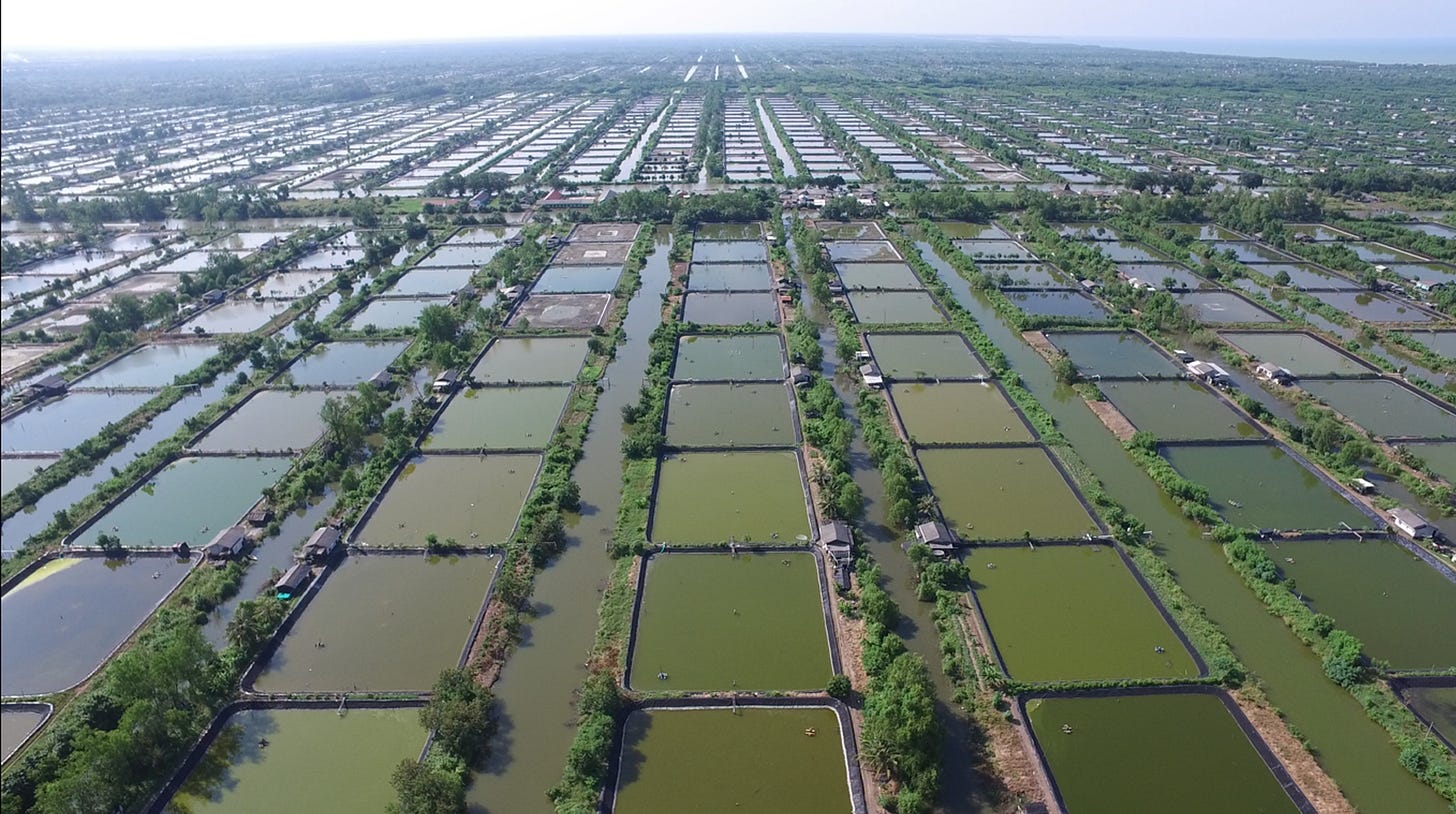
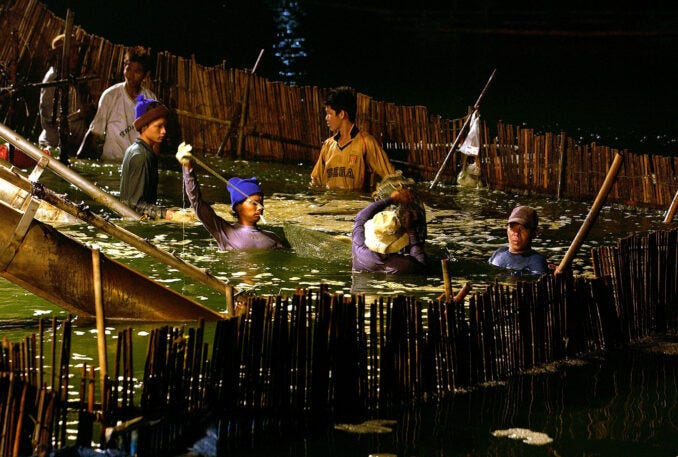


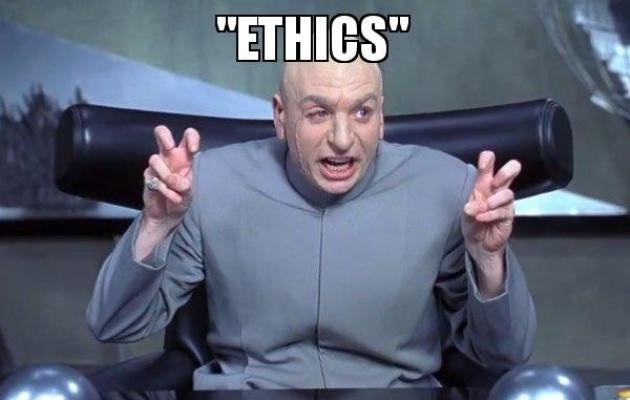

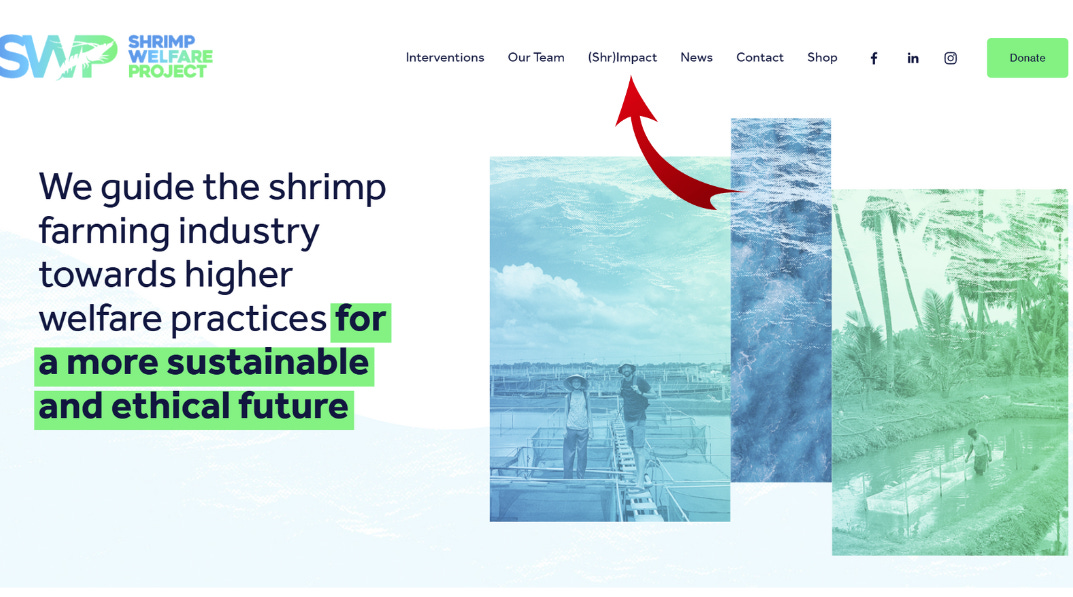
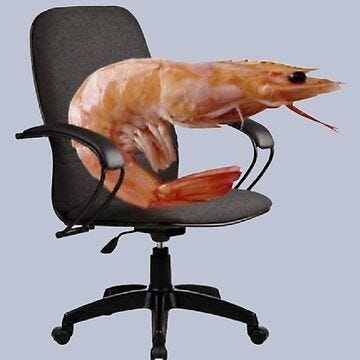

Super interesting, thanks for sharing so many new things!
Yikes! Thanks for sharing so many things I didn't know. Very informative!